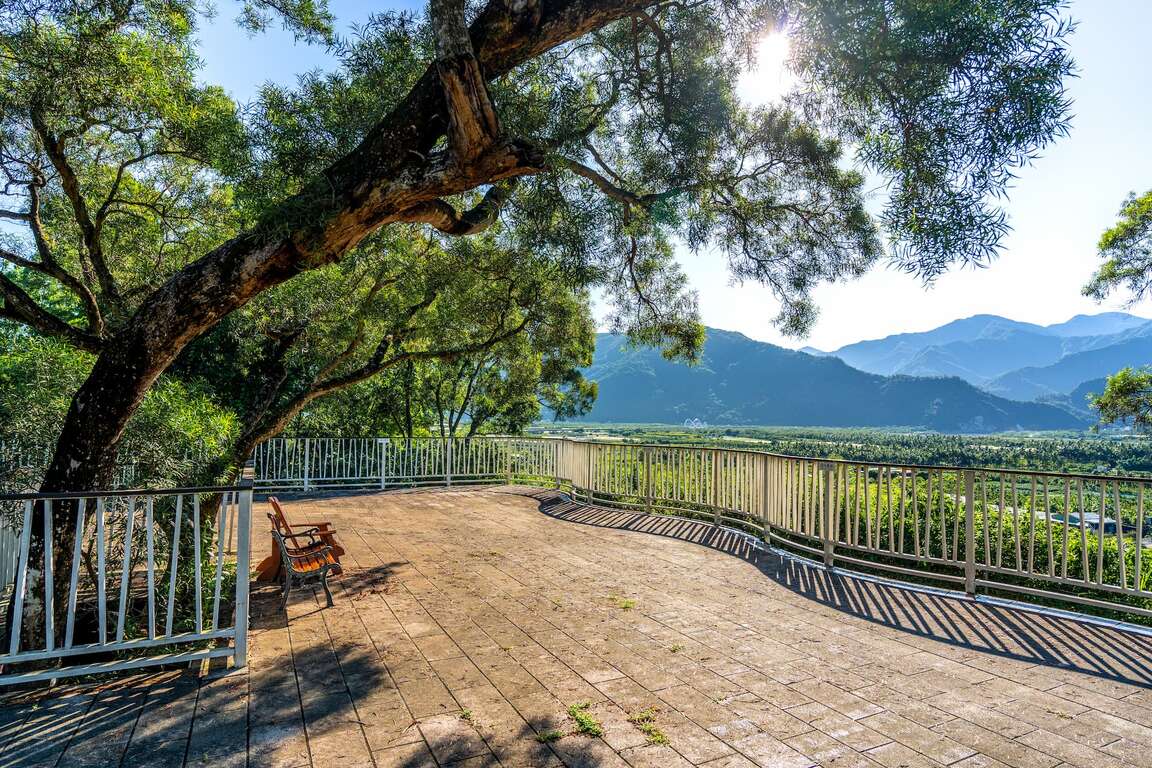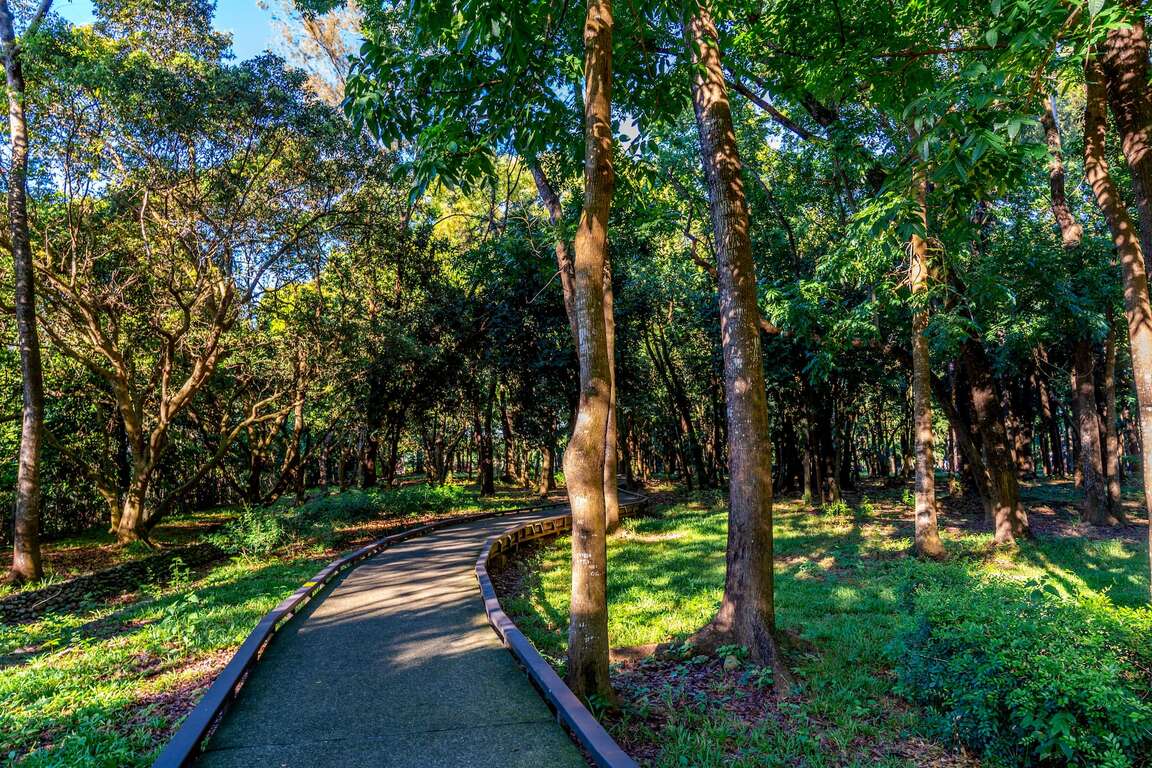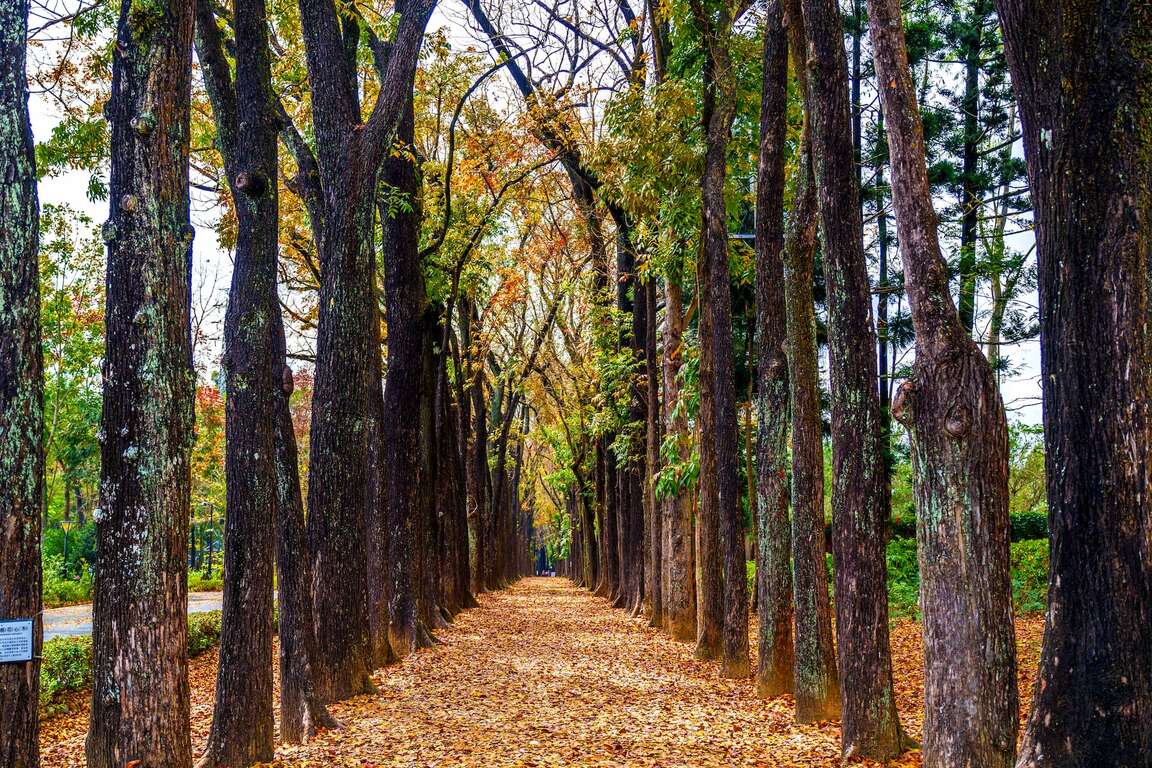Xinwei Forest Park
 4.5
4.5- sight seeing and outings
The Xinwei Forest Park sits on a tableland on the west bank of the Laonong River, around the 45km mark of the Provincial Highway No. 28. Since it is 200 meters above sea level, visitors can enjoy a bird's-eye view of the Central Mountain Range and Laonong River below.
The forest park used to be the biggest seedling plantation in Taiwan and covered an area of about 29 hectares. It is now home to more than 200 kinds of seedlings, mostly tropical plants. Mahogany, bamboo, and Chinese fir seedlings are most commonly seen in the plantation.
The whole park is covered in green during spring and summer, but between the end of winter and the beginning of spring, you will see a 2km long red-and-yellow corridor standing out, and that is the park's famous Mahogany Avenue. During the transition between the two seasons, Mahogany trees lining the two sides of the avenue will turn red and yellow, creating an exotic view that attracts many couples to come for leisurely walks. The avenue is also a popular destination for taking wedding photos.
Visitors are recommended to spend an hour in the park, opening up their senses to experience the wonder of the forest.
- Sunday:09:00 – 17:00
- Monday:09:00 – 17:00
- Tuesday:09:00 – 17:00
- Wednesday:09:00 – 17:00
- Thursday:09:00 – 17:00
- Friday:09:00 – 17:00
- Saturday:09:00 – 17:00


